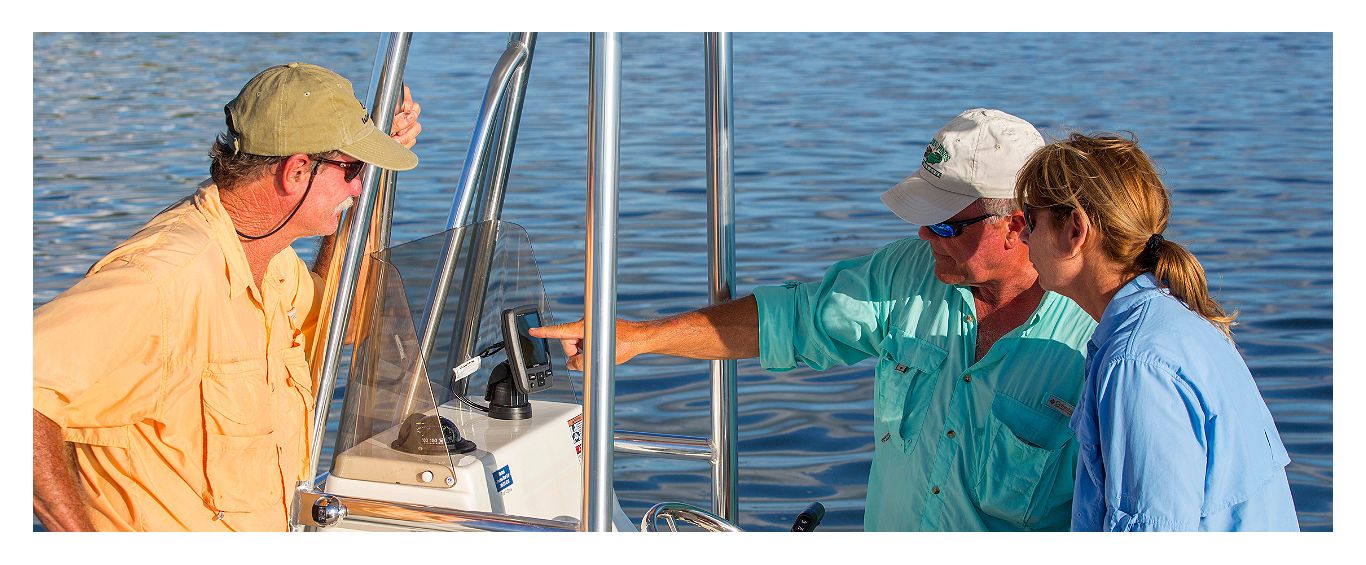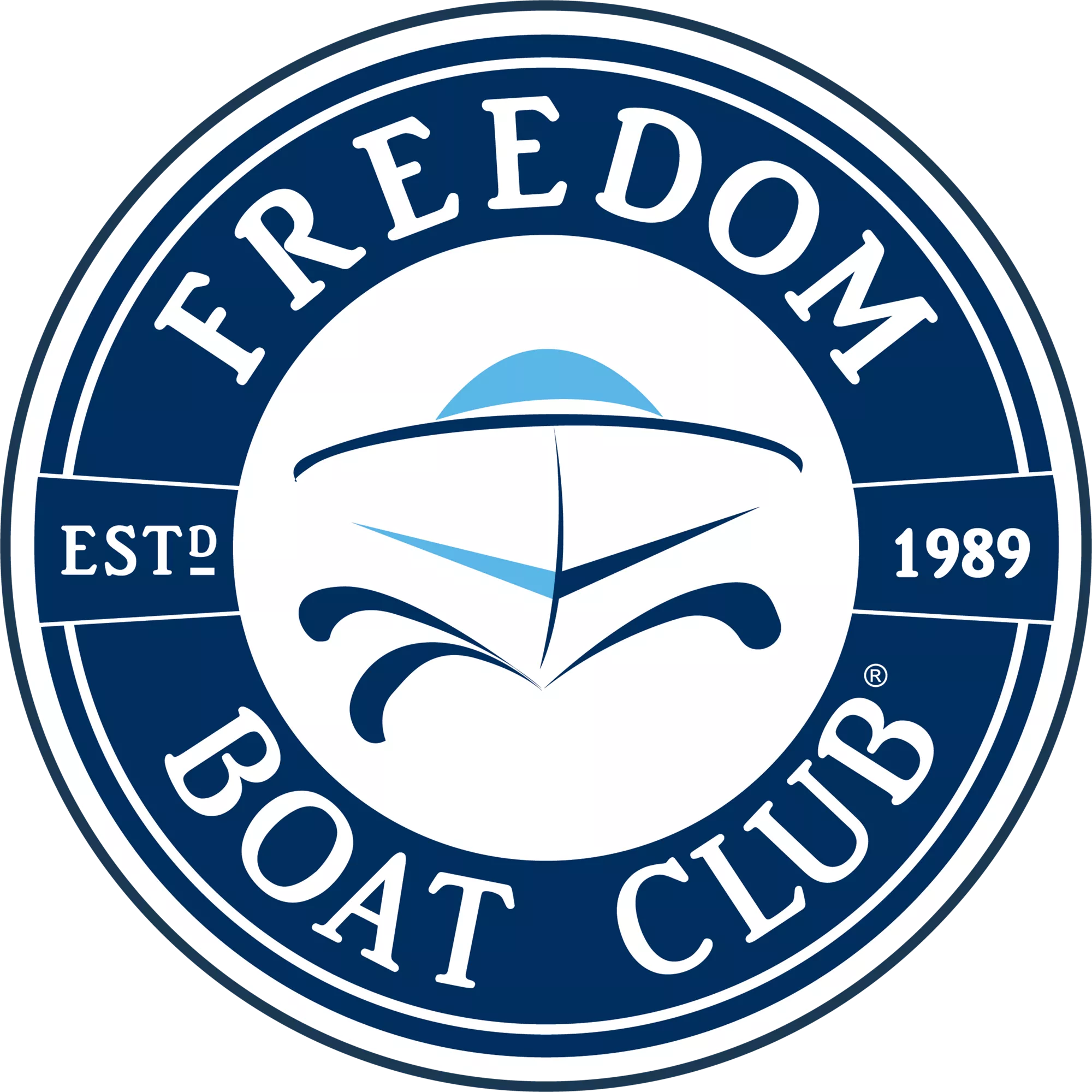
Tips for Safe Boat Navigation
Today’s technology has done a great job of making it easy to navigate from one point to another on a boat. But without the right knowledge and skillsets, navigating unfamiliar waters can prove to be challenging for new boaters and those accustomed to cruising locally. That’s why we’re outlining the essential tips for safe boat navigation.
Mapping a Navigation Route
Freedom Boat Club members have access to numerous newer boat models with built-in tools like multifunction displays (MFDs) to chart their course. An MFD integrates sonar-powered depth measurement with electronic charts that enables passengers to map their route. Using the MFD to create waypoints will help the driver follow an established path.
But you’re not alone. Freedom Boat Club provides all members with access to in-depth training on and off the water from U.S. Coast Guard certified captains. The dock staff at your location are also available to answer any questions that you may have. Consider familiarizing yourself with an MFD by referencing the manual or online training resources. And lastly, we recommend bringing a paper chart on your trip to ensure a safe journey in case of electronic failures.
Identifying Water Conditions from the Boat
Being able to read the water is a crucial element of safe boat navigation, especially when in unfamiliar waters. Whether you’re maneuvering through a narrow river stretch or cruising along the Florida Keys, we recommend learning the below phrases to avoid potential hazards along your route:
"Brown, Brown, Run Aground"
A brown appearance could mean shallow water or indicate the presence of rocks or reefs. Exercise caution and check your surroundings.
"White, White, You Just Might"
White water may indicate a sandy, shallow bottom. Remain vigilant to avoid running aground.
"Green, Green, Nice and Clean"
Green water commonly indicates deeper depths, but members need to remember that this might not be the case in inland waterways. Proceed with caution when unsure of depth.
"Blue, Blue, Sail on Through"
Blue water signals to members that they can cruise comfortably. Nonetheless, always be on the lookout for floating obstacles and other hazards when operating a boat.
Adhering to Channel Markers & Buoys
Boaters don’t have the luxury of following the clearly marked roadways we’ve become accustomed to when driving our vehicles. In the absence of painted lines, stop signs and traffic lights, boaters must adhere to the channel markers and safety buoys that are present in waterways.
For example, the phrase "red, right, returning" will help drivers determine which side of the buoy to approach. Typically, a boat entering a smaller body of water from a larger one means the boat is returning; therefore, the driver should keep to the left of the red marker.
In most cases, official channel markers are assigned a number that aids in charting a boat's location. In addition to the markers, boater should remain vigilant of buoys. Information buoys usually contain signs with orange lettering. Other signs to look out for include crossed diamonds which warn of deep-water obstructions, rectangle signs with local information, and circle signs that indicate a speed zone.
Freedom Boat Club members that follow these tips for safe navigation can boat with confidence knowing that they are prepared to properly maneuver their vessel while creating memorable experiences out on the water.
